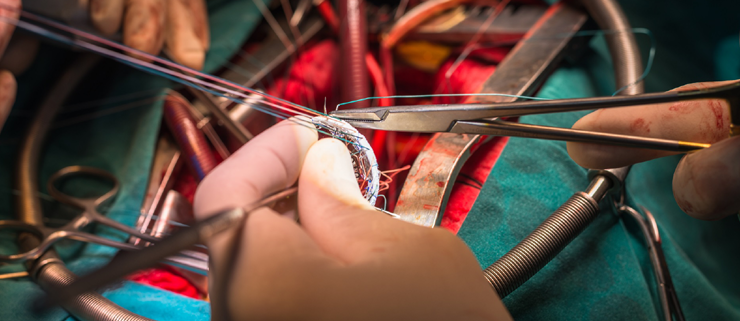Heart valve repair or replacement
Blood is pumped around the body by the heart, which is a muscle pump. It has two upper chambers, referred to as atria, and two lower chambers, referred to as ventricles. The valves that connect each of the heart’s pumping chambers allow blood to circulate forward through the heart.
Damaged or contaminated valves that do not operate properly may need to be repaired or replaced. Heart valve failure can be caused by two conditions: valve stenosis (stiffness) and valve leaking (leaky valve).
When one or more of the heart’s valves become stenotic (stiff), the heart’s pumps have to work harder to push blood through them.
A sick valve can be treated with a ring that supports the damaged valve, or it can be removed entirely and replaced with an artificial valve. Tissue or carbon-coated plastic (produced from animal or human valves) can be used to make artificial valves.
Reasons for Replacement: –
The valves of your heart are in control of allowing nutrient-rich blood to circulate throughout your heart chambers. After permitting blood to circulate, each valve is intended to shut completely. Heart valves which are defective aren’t always able to be doing their function as well as they should.
A narrowing of the blood arteries, known as stenosis, causes a lower-than-normal volume of blood to flow to the heart. As an outcome, the muscle has to work harder. Valves which leak can also be an issue. A valve may remain slightly open instead of shutting fully, allowing blood to flow backwards. Regurgitation is the medical term for this.
The below are among some of the indications of valvular heart disease:
fatigue
dizziness
light-headedness
Breathing difficulties
cyanosis
chest discomfort
Retention of fluid, particularly in the lower limbs
Valvular heart disease can also be treated by heart valve repair.

